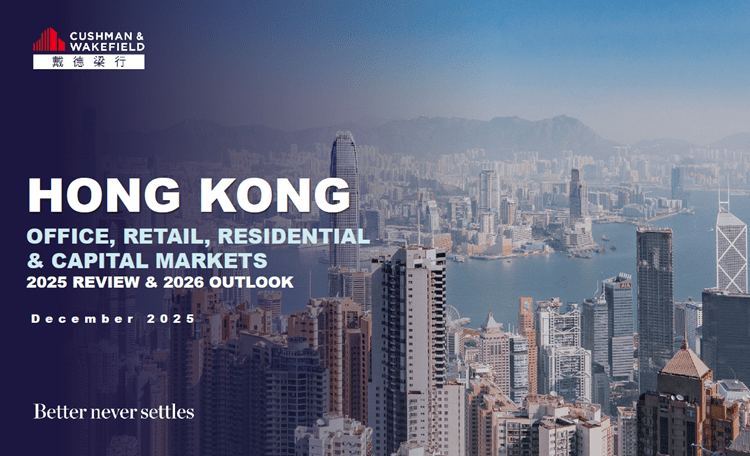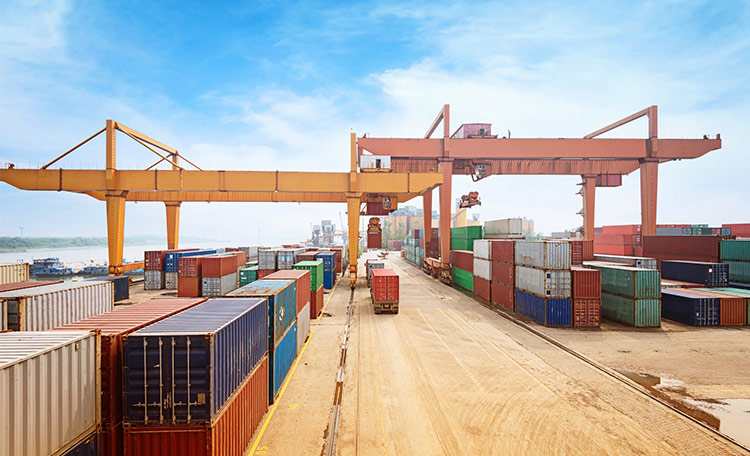On the 15th April we held a special webinar focused on Asia Pacific capital flows. With so many interesting questions asked by our audience, we decided to ask our experts to answer some of those that we ran out of time to cover in the session.
With reduced Chinese outbound investment, will capital be re-directed to the domestic market, intensifying competition for quality assets in China, particularly Tier-1 cities?
Yes. Not only the domestic capital, but foreign capital is also actively searching for quality assets in the Tier 1 cities across China. According to our mainland China investors intentions survey, 100% of the foreign funded investors we surveyed have indicated interest or plans to invest in Shanghai in the next 12 months; and 98% indicate plans to invest in Beijing. We have a detailed comparison chart between domestic and foreign investors intentions to invest in various Chinese Tier 1 & 2 cities on Page 14, Fig 13 of the report.
Chinese outbound investment has been impacted by some specific policies which are not affecting their ability to invest domestically. In that context domestic competition for assets may increase. That said, a second factor to consider is the broader capital controls which are affecting their ability and appetite to deploy into any form of real estate. We may therefore see a period of more muted domestic activity. This has been reflected in part by the strong international participation into markets like Shanghai and Beijing over the last couple of years.
Your question pin-points quality assets in Tier 1 cities. These assets may continue attract the largest Chinese players with the deepest pockets and banking relationships, so for this particular sub-set of the market you can continue to expect strong investor demand.
What is the view on investment into India in 2020 across asset classes (specifically office, residential, retail and industrial) from Chinese Investors and other investors as a whole?
Over the past 2-3 years, foreign investment activity in India has been quite strong, and particularly centred around the commercial asset class (office and retail) as well as industrial and warehousing. A significant portion has gone into rent-yielding portfolios, with much of the remainder made up of patient capital invested into creating long-term platform partnerships. India has largely seen foreign funds come via Singapore from a global array of funds and institutions, which consists of sovereign wealth funds as well as big PE funds. Blackstone, Brookfield, GIC, Capitaland (via Ascendas), APG, Allianz have all been very active. In recent times, investors from Japan and the Middle East like Mitsubishi, Sumitomo, ADIA among others have also been quite keen to explore the Indian real estate market.
China has not been a big player yet in the Indian RE space from an investment perspective, though some firms have entered the country through the route of direct investments into the development space. With the COVID-19 pandemic and the economic headwinds in its wake, investment activity is bound to take a step down. We expect that ongoing deals shall go through, though disbursements will be delayed until normal business activity resumes.
While core asset trades will continue to be preferred, foreign investors will become strategic in opportunities choosing commercial assets across select markets and locations, with a keen eye now on asset valuations and market cycles. Industrial and warehousing has strong linkages to India’s push towards being a manufacturing and supply chain hub while servicing the huge consumption population in the country. The growth in e-commerce and logistics will enable the industrial asset class to emerge stronger as an investment potential.
Additionally, interest is developing in data centres given the huge push toward data localization and an increase in internet and mobile traffic. However, much of the anticipated action in these classes could be pushed towards the end of 2020 till the time the lingering effects of COVID-19 are estimated in a quantifiable manner. Deal evaluation would begin once normalcy is restored, though the actual deal may materialize most likely by 2021, thereby lowering absolute fund flow for 2020 compared to the previous years.
After COVID-19, do you expect investors to shift more capital towards countries that are seen to have managed the pandemic better?
Increasingly the view is that we will be having to deal with Covid-19 and other similar viruses for some time to come. As we have seen with import related cases impacting Singapore, South Korea and Hong Kong the lock-down has actually become more severe in this second wave. Countries are going to have to be flexible as we move forward and certainly counties best able to tackle these ongoing potential surges will be best placed to attract capital for defence asset classes and because they may enable the earlier return of travel by investors and investment committees.
Over the medium to long term, the pandemic will just be a blip, and the fundamentals would drive the investment demand. The ability to handle the crisis well is one thing, but the overall investment return is what buyers are looking for when they deploy capital. Attractive risk-adjusted returns will still have to be supported by resilience, durability and structural megatrends.
Are you seeing mainland investors more willing to consider investing overseas via funds, as opposed to direct investment?
Although investing purely in a passive position through funds have not been common in the past and will unlikely be the preferred route to investment overseas in the future, we did observe a pick-up in the willingness to explore working with local developers or asset manager/operators in a JV form with the local partner contributing meaningful equity stake.
This is due to both the difficulty of acquiring quality assets and managing or developing them directly by themselves, as well as a lack of capacity to further develop overseas business due to the broader capital control on real estate industry.
We have seen some major Australian funds cutting their portfolio valuation, especially for retail. Do we expect this trend to occur in Singapore and Japan?
At the moment, we do not see such a sharp drop in the valuation of commercial assets in Singapore. Cap rates are still holding up and there is a lack of transaction supporting the expansion of cap rates due to the fall in capital values. Grade A office vacancy rates are near record now at 2%. Office landlords have not really felt the impact of the Covid-19 and renewals in the market are still achieving pretty much the prevailing market rent.
The majority of lease expiries in Singapore are staggered and most landlords have already completed their renewals last year. Hence, from the valuation perspective, we don’t see value coming down at this juncture. For retail assets, especially in the secondary locations with poor footfall and tenant mix and following the Covid-19 situation and an extensive lockdown, it would come down to whether landlords have more tenants throwing in the towel and returning the spaces. If the lockdown is extended for a longer period of time, and with social distancing measures in place, businesses could be badly affected. Landlords will have no choice but give more rental rebates for a long period of time and that’s when the asset value would be affected more adversely.
For the Japan market, we have not seen market evidence on cap rate expansion for commercial assets. While office leasing activities have significantly slowed down, major landlords in Tokyo still have not felt much urgency due to the COVID-19 situation with record low vacancy rate of 1.6%. however, price decrease appears almost inevitable for retail and hotel sectors as those sectors had been highly dependent on inbound tourists.
Given that the US markets for PE may become more attractive in the near future due to a likely drop in valuations alongside an increase in distressed asset opportunities, should we expect to see capital flows reduce in Asia Pacific?
According to the ANREV 2020 investor intentions survey, 77.5% investors indicate plans to increase real estate allocation in APAC, as opposed to only 55.7% in the U.S. Tactical investing may push investors to explore areas of stress, but broader strategic investing over the mid to longer term is expected to see continued strong participation into the APAC real estate markets.
A look at the growth outlook and the job creation forecast over the next 5 – 10 years puts APAC firmly at the front of the queue. Investors are generally underweight to APAC Real Estate and we are only beginning to see the start of APAC investors deployment into real estate outside of their home countries. All of this favours strong capital flows in APAC going forward.
6 More Asia Pacific Capital Flows Webinar Questions Answered
Anna Town • 22/04/2020
Related Insights
Insights • Technology
From Square Footage To Smart Footage
India’s commercial real estate sector is at a pivotal moment of digital transformation.
15/12/2025

Research • Economy
Hong Kong Office, Retail, Residential And Capital Markets — 2025 Review And 2026 Outlook
A lower interest rate environment and buoyant stock market have helped Hong Kong home prices to stabilize and tick upwards. Capital market sentiment has strengthened on the back of interest rate cuts and attractive pricing across asset sectors. Grade A office net absorption reached 1.1 million sq ft, although high availability will continue to weigh on overall rents. Retail sales performance continued to recover with overall high street retail rents expected to see a modest increase in 2026.

